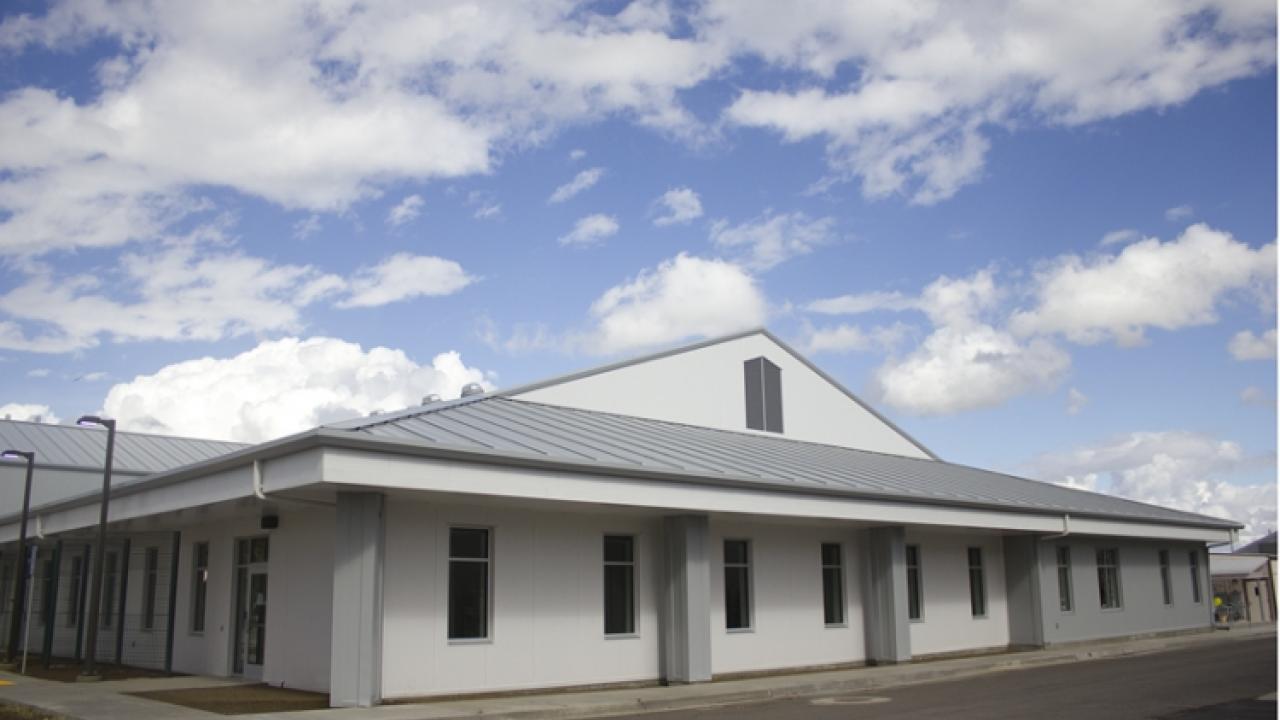
State-of-the-Art Respiratory Disease Center
The newly completed CNPRC Respiratory Disease Center (RDC) held an open house on February 27th to celebrate the construction of a state-of-the-art 19,000 square-foot wet laboratory and inhalation exposure facility that will set the standards for research in respiratory health.
The CNPRC has been a leader in understanding primate lung development and function for more than 30 years. It has the distinction of being the only National Primate Research Center (NPRC) with a Respiratory Diseases research unit, with scientific expertise in airway immunity, environmental air pollutants, pediatric pulmonary disease, and asthma. The CNPRC developed the first rhesus monkey model of adult and childhood asthma using a human allergen, which has given researchers the ability to test numerous biological mechanisms and new therapies.
More recently the CNPRC has conducted research projects that include a diversity of cross-disciplinary and collaborative topics: experimentally establishing an association between early life exposure to air pollutants and long-term airway disease; discovering a link between temperament and asthma; and developing new links between environmental tobacco smoke exposure and adverse effects on lung development, cognitive function, and brain development.
Ongoing research includes: critical research into the effects of Bisphenol A on lung development; work to identify mechanisms that limit pediatric defenses against viruses and bacteria in the lung; and investigation of the lung microbiome.
The RDC is the only facility of its kind in the nation, and will provide for the expansion of current capabilities and enhance the scope of collaborative research projects that can be conducted at the Center.
Louise Olsen, Inhalation Exposure Facility manager, also notes that the specially designed chambers will make future research projects more efficient than the old chambers with the ability to conduct multiple studies simultaneously.
Initial areas of investigation that will utilize the new inhalation exposure facilities include chronic obstructive pulmonary disease, pediatric exposures to environmental air pollutants, childhood asthma, and infectious diseases.
The Respiratory Disease Center will be available for use by researchers across the country studying lung diseases and conditions. It replaces labs built more than 30 years ago, providing space for both long-running collaborations and new ventures with researchers from UC Davis and other institutions.
“We’re absolutely thrilled to be opening this building,” said Lisa Miller, an associate professor in the School of Veterinary Medicine and CNPRC Respiratory Diseases Unit Leader, during a media tour held Thursday. “From a technical side, this is fantastic facility to study environmental exposures using the nonhuman primate as a model.”
